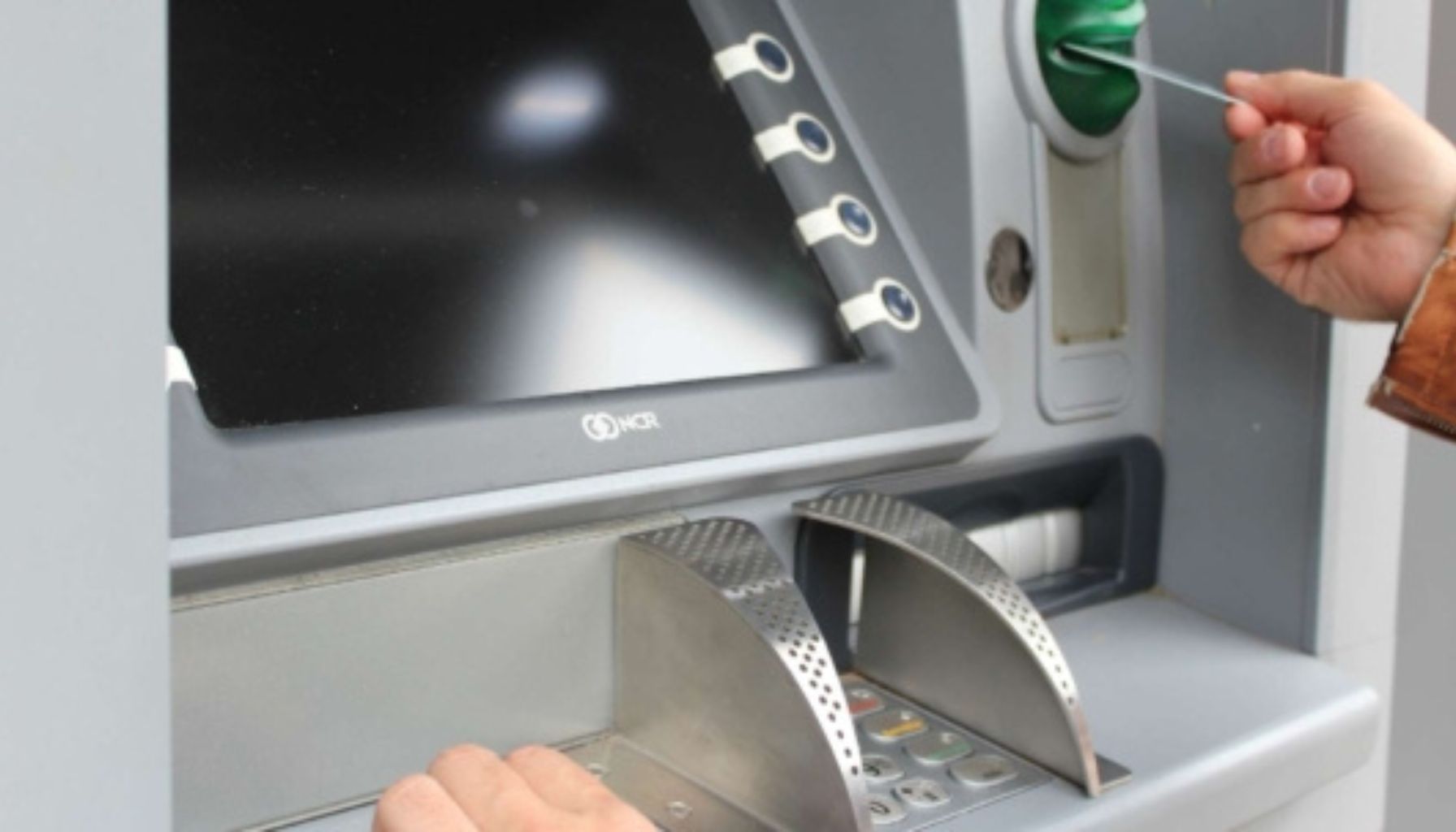Jostle Mode: Optimal Asset Utilization

Our mission is to help businesses connect, protect, and derive more value from their assets. As a leading global innovator, developer, and supplier of IoT solutions, we drive continuous innovation to enable our partners to deploy confidently at scale worldwide.

A key feature in asset tracking is the ability to effectively detect the start and endpoints of a trip while conserving battery life. Jostle Mode can be used to monitor stationary assets and various kinds of construction equipment to collect data that enhances asset utilization. Depending on the GPS Asset Tracking Device, there are various configurable tracking modes available, which should be selected to best suit the asset.
What is Jostle Mode?
Jostle Mode is a feature found in several of our GPS Asset Tracking Devices. It can be used to detect and respond to vibrations or movements of a tracked asset. When activated, the device monitors for sudden or significant movements, such as vibration, shaking or jolting. This is used to detect trips or when an asset is in use, but can also be used to indicate tampering, theft, or other forms of impact. Upon detecting movement, the device can trigger specific actions, such as recording trip data or sending alerts.
3-Axis Accelerometers, a critical component for detecting these movements, are utilized to trigger Jostle Mode. When the accelerometer detects a jostle event, the following process occurs within the device:
- The accelerometer wakes the unit
- The device immediately enters a trip
- Once in-trip, the accelerometer no longer wakes the unit
- The accelerometer wakes every two minutes on a timer to:
- Ask the accelerometer if there was any movement in the last two minutes.
- If it is time to log a position, it gets a fix and records it
- Once the accelerometer and GPS show no movement, the trip ends
Data can be uploaded before, during, and after the trip, with optional heartbeats triggered if there has been no upload for an extended period. This feature ensures trips are recognized regardless of the ‘size’ of the movement, but it is less robust than GPS tracking mode at rejecting false trips, making it more suitable for applications such as recording run hours or tracking short-distance trips.
Standard GPS Tracking Mode
Our devices can also utilize GPS to detect movement and determine the start and end of trips. Unlike Jostle Mode, GPS Tracking Mode uses satellite signals to accurately determine the location, movement, and the duration of trips. This mode is particularly useful for tracking assets that travel long distances and require real-time tracking. GPS offers high-precision and minimal false trip detection.
The following process for enabling device GPS Tracking Mode is as follows:
- The accelerometer wakes the unit
- Upon waking, the device receives a GPS fix
- Upon movement detection and receiving a GPS fix, the device understands the asset has entered a trip
- Once in-trip, the accelerometer is turned off
- The accelerometer wakes up every few minutes on a timer to get a fix and check if the trip is still in progress
- When fixes suggest movement has stopped, it exits the trip.
Uploading can occur before, during, and after a trip, with optional heartbeats triggered if there has been no upload for an extended period. This method ensures that GPS is used sparingly, in order to preserve battery life. Standard GPS Tracking Mode also ensures that trips only begin when the device has moved a significant distance from its original position, providing accurate trip detection and efficient power usage.
Jostle Mode vs. GPS Tracking
When comparing Jostle Mode and Standard GPS Tracking Mode, the choice depends on your specific application and needs. Jostle Mode is particularly suitable for scenarios such as run hour tracking for stationary objects, detecting vibrations, and providing rapid movement alerts. Jostle Mode can track small movements within a confined area, like a yard, and conserves battery life by avoiding constant reliance on GPS.
On the other hand, Standard GPS Tracking Mode is designed for long-distance travel monitoring, detailed fleet management, and real-time asset tracking. It ensures trips are only recorded when significant movement occurs.
Benefits of Jostle Mode
- Run Hour Tracking: Attach a device to a stationary object like a pump or generator. When vibration is detected, it enters a trip, and the start and end times are used to calculate run hours.
- Rapid Movement Alerts: Immediately trigger an upload once accelerometer movement is detected
- Tracking Movements Within a Yard: Track small movements within confined sites which are not accurately captured when using GPS.
- Conserve Battery Life: Avoid spending time and energy checking GPS for movement, increasing battery life when false trips are unlikely.
Jostle Mode Applications
Jostle Mode is particularly effective in the following scenarios:
- Monitoring activity in stationary assets such as generators and pumps
- Tracking certain construction equipment that remains largely stationary but requires monitoring for rapid movements or tampering.
- Managing assets with minimal movement such as equipment within a yard
Conclusion
The choice between Jostle Mode and Standard GPS Tracking Mode depends on your specific needs and applications. By default, our battery-powered devices, such as the Remora3, Oyster3, and Yabby3, are equipped to track trips using both Jostle Mode and GPS. This flexibility ensures that you have the right tracking solution to meet your unique requirements, whether you need precise GPS data for long-distance tracking or the efficiency of Jostle Mode for monitoring stationary assets.
Learn more about our tracking solutions for construction equipment, or contact us to discuss your specific needs.
Related News

Let’s Get Started
Submit the form to get in touch with a Digital Matter representative from your region.
Contact UsSubscribe
Get helpful content delivered straight to your inbox.
Let’s Get Started
Submit the form below to get in touch with a Digital Matter representative from your region.

Looking for support? Check out our knowledge base.

Information on becoming a Digital Matter Partner.

Information on pricing, availability, and proof of concept.

Guidance on selecting the right products for your application.






